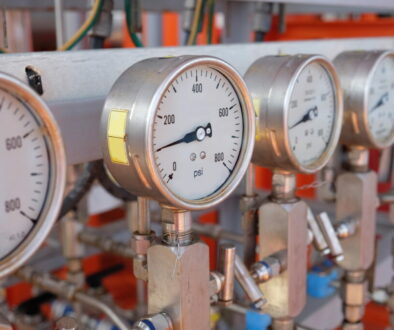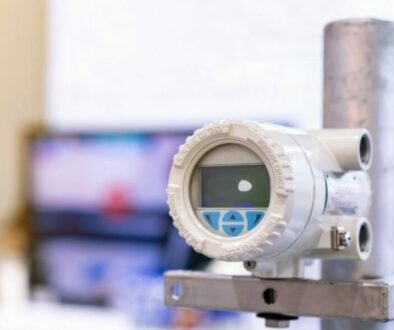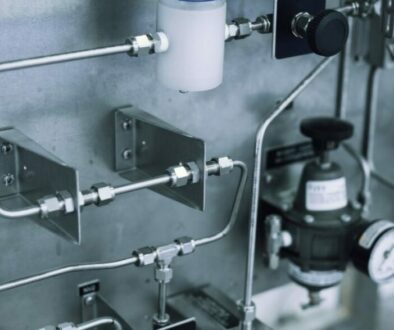Signs It’s Time To Repair or Replace Your Control Valve
Control valves are used to control the flow of fluids or gasses within a closed system. They get directions from a controller that sends signals to the valve, so it knows the set point it must maintain. This allows for the direct control of the rate of flow within the system. Control of the flow is important in systems like anesthesia machines. A failing valve in such a machine could mean life or death for a patient. Continued inspection and maintenance of an anesthesia machine will ensure everything is functioning as it should and will reveal any parts that need repair, especially control valves. Learn the signs it’s time to repair or replace control valves here.
Internal Valve Leaking
Finding an internal leak isn’t the easiest task, especially considering there is an acceptable level of leakage allowed. No valve is designed to close completely, so there will always be a small level of leakage. However, there are standards for the maximum level of leakage, so, as long as a valve leaks within the acceptable range, you may not need to replace it. Internal component wear will lead to valve leakage, and so will a poorly set up actuator. A poorly calibrated positioner and an incorrectly configured distributed control system will lead to leaks also.
External Valve Leaking
An external leak is easier to spot than an internal one. External leaks release the gas or liquid into the atmosphere, which may create a potential health hazard, depending on the substance. These leaks come from a few different causes, including improper maintenance and excessive packing box temperatures. Thermal cycling, material incompatibilities, and excessive vibration of the system will lead to leaks as well.
Valve Sticking
When a valve leaks, the normal reaction is to stop the leak by tightening the packing. However, doing this will lead to another problem—valve sticking. This is a sign it’s time to repair or replace your control valve. Valves are made for certain applications or systems, each with specific packing torque value. Over-torqueing the packing will prevent it from working the intended way and will lead to leaking.
Valve Failure
Sometimes, a control valve just fails. It could be because the pneumatic diaphragm wears out, or the valve was used in a system it wasn’t designed for. Additionally, the actuator could be the wrong size, or the positioner may not have been calibrated correctly.
Kelly Pneumatics is the place for digital air flow meters and control valves. We make all our own parts on-site. Take a look at our selection of parts made in the U.S.A.
test




